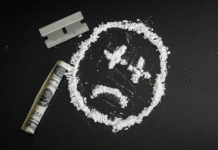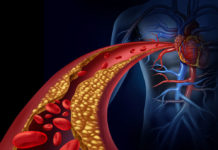complementary intervention techniques that can be combined to provide an addicted person with more comprehensive protection against relapse.
Currently, there are two primary perspectives that put forward separate models for understanding craving. The conditioning perspective suggests that craving is a Pavlovian response, formed by a continued pairing of stimulus (in this case, substance use) with perceived positive effects (such as the pleasure or relief an individual experience after consuming a substance).
By contrast, the cognitive perspective posits that craving is the result of a variety of concurrent mental processes that occur due to a substance cue (such as smelling one’s substance of choice). However, neither of these models provided a complete understanding of the craving phenomenon.
As technology advances, some experts are eager to utilize cutting-edge neuroscience to provide a basis for updating current models of understand craving in order to improve treatment, such as using neuroimaging techniques to determine the neural correlates of craving – in other words, to see how the mechanisms of the brain behave when an individual is experiencing a craving. Scientists are hopeful that a better understanding of these cognitive functions will result in more effective treatments for craving.
Ultimately, the report argues that by utilizing new technology and integrating the existing models of understanding craving, a better comprehension of this driving element of addiction can be achieved. Through a deeper grasp of addiction, more efficient intervention techniques to mitigate the experience of craving can be developed, leading to more effective addiction recovery treatments.
















